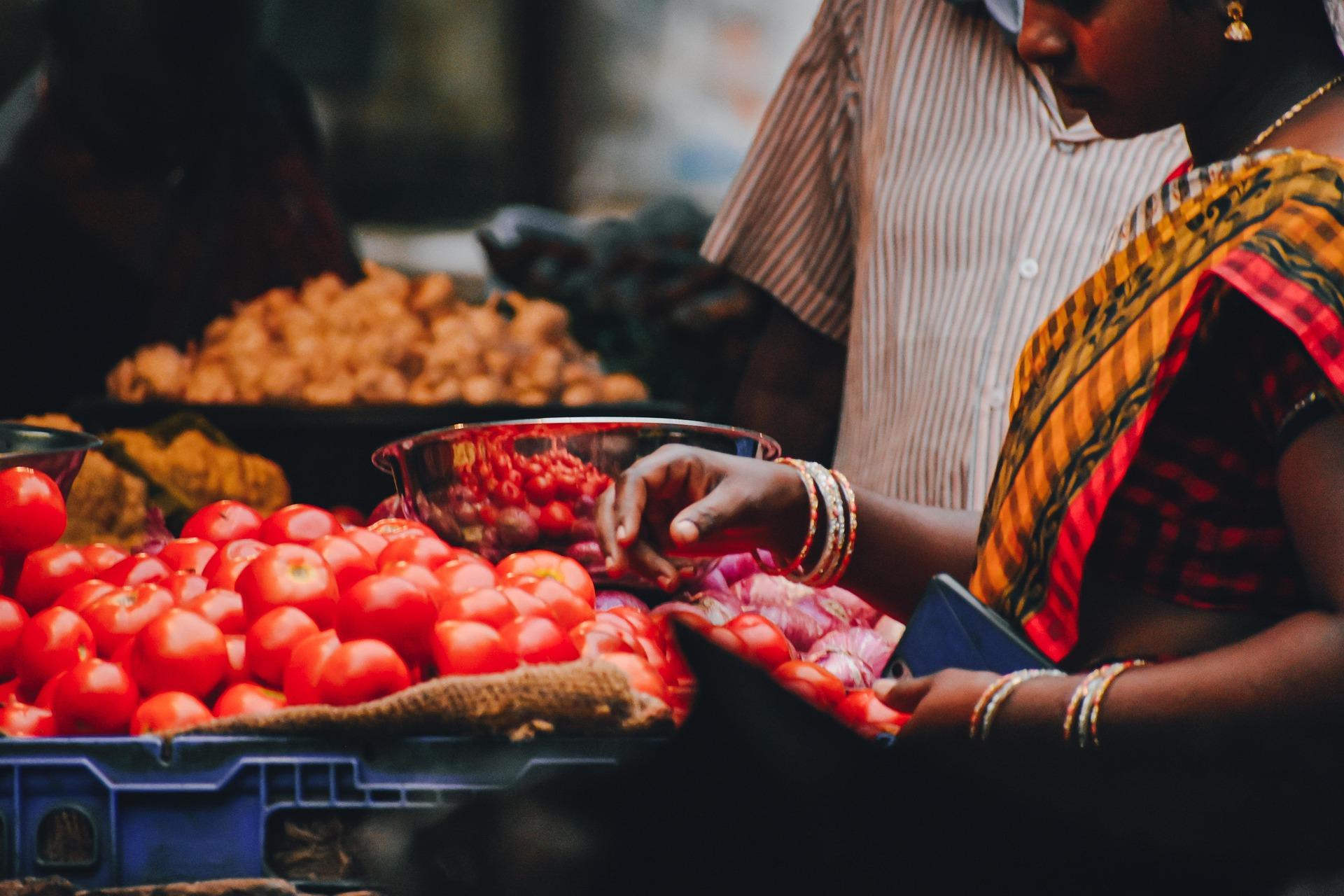
May 2025 Retail Inflation Data
India’s retail inflation saw a sharp decline in May 2025, falling to 2.82% on a year-on-year basis, according to the latest data released by the Ministry of Statistics and Programme Implementation. This is the lowest inflation recorded since February 2019, and a significant drop from the 3.16% level reported in April 2025. The fall in inflation is largely attributed to a steep decline in food prices, favorable base effects, and a general easing of cost pressures across major consumption categories.
Rural and urban areas both witnessed this decline, with rural inflation cooling to 2.59% from 2.92% the previous month, while urban inflation dropped to 3.07% from 3.36%. Food inflation, which has a high weight in the CPI basket, came down sharply to just 0.99% in May from 1.78% in April. In rural regions, food inflation was recorded at 0.95%, and in urban areas, it stood at 0.96%, indicating a broad-based moderation.
The most significant drop was seen in vegetable prices, which declined by a steep -7.09% compared to the same month last year. Pulses and related products also became cheaper, recording negative inflation of -2.59%. Prices of oils and fats remained largely flat, registering a minimal rise of just 0.25%. Eggs saw only a 0.11% increase in prices, while sugar and confectionery registered an inflation rate of 0.95%. Milk and related products rose modestly by 1.35%, and cereals and products, another important food group, recorded a relatively low inflation of 1.59%. Prepared meals, snacks, and sweets also saw subdued price growth, increasing by just 0.96%. Fruits and spices posted minor increases of 1.12% and 2.50%, respectively.
While many food items turned cheaper or saw slower price increases, some categories witnessed cost escalation. Health-related expenses continued their steady upward trend, with a 4.34% rise in May, up from 4.25% in April. Education expenses held firm with a 4.12% rise. Transport and communication costs inched up to 3.85% in May from 3.67% the previous month, driven likely by fuel adjustments and service charges. Housing inflation, too, saw a slight increase from 3.06% in April to 3.16% in May. Clothing and footwear posted inflation of 2.18% and 2.20% respectively, indicating a moderate rise in apparel costs. Other categories such as personal care, household goods and services, and recreation also contributed to the overall inflation figure, though at manageable levels. The “pan, tobacco and intoxicants” category posted a 2.41% inflation rate, continuing its long-standing trend of being more resilient to downward price movement.
A state-wise breakdown reveals that inflation varied sharply across India. Kerala recorded the highest inflation among major states at 6.46%, followed by Punjab at 5.21% and Jammu & Kashmir at 4.55%. Other states with above-average inflation included Haryana at 3.67% and Uttarakhand at 3.47%. On the lower end of the spectrum, states such as Delhi, Odisha, Bihar, Chhattisgarh, and some northeastern states saw significantly lower inflation rates. For instance, Delhi’s overall CPI was among the lowest, recorded at just 172.4, while Kerala’s CPI was the highest at 211.4 in rural and 205.7 in urban areas. Maharashtra (189.8), Gujarat (184.6), West Bengal (196.2), Tamil Nadu (200.9), and Uttar Pradesh (191.1) all contributed to the national index with their own regional inflation dynamics.
The all-India Consumer Price Index (CPI) stood at 193.0 in May 2025, and the combined Consumer Food Price Index (CFPI) was recorded at 0.99%, showing consistent cooling from earlier months. The decline in overall inflation is a result of easing prices across many sub-sectors, particularly in food. It also reflects the effect of a high base from last year and improving supply chain dynamics.
Overall, the data points to a favorable inflation environment for the Indian economy. Consumers are likely to benefit from falling prices in essential food items, while the Reserve Bank of India gains more policy room due to a more stable price situation. However, with some core segments like healthcare, education, and transport still showing persistent price increases, inflation management will remain a critical focus going forward. Seasonal changes, monsoon progress, and global commodity trends will also play a vital role in shaping the inflation trajectory for the rest of the year.
Disclaimer:The information provided in this blog is for educational and informational purposes only. While we strive for accuracy, we do not take responsibility for any errors or omissions in the content. Readers are advised to consult official sources or financial advisors before making any decisions based on this data.




